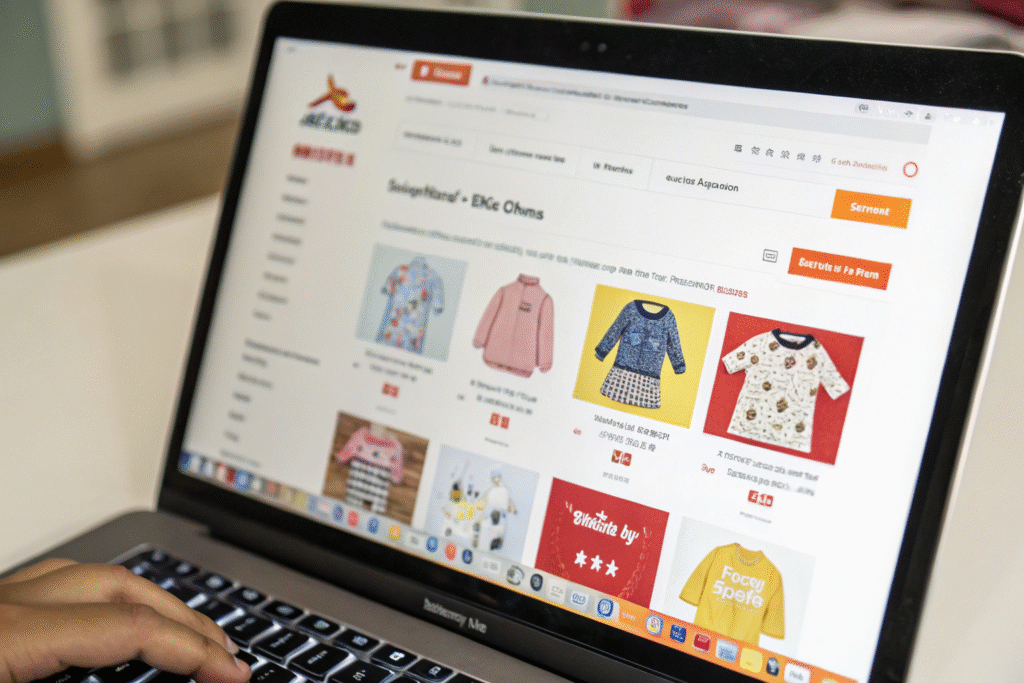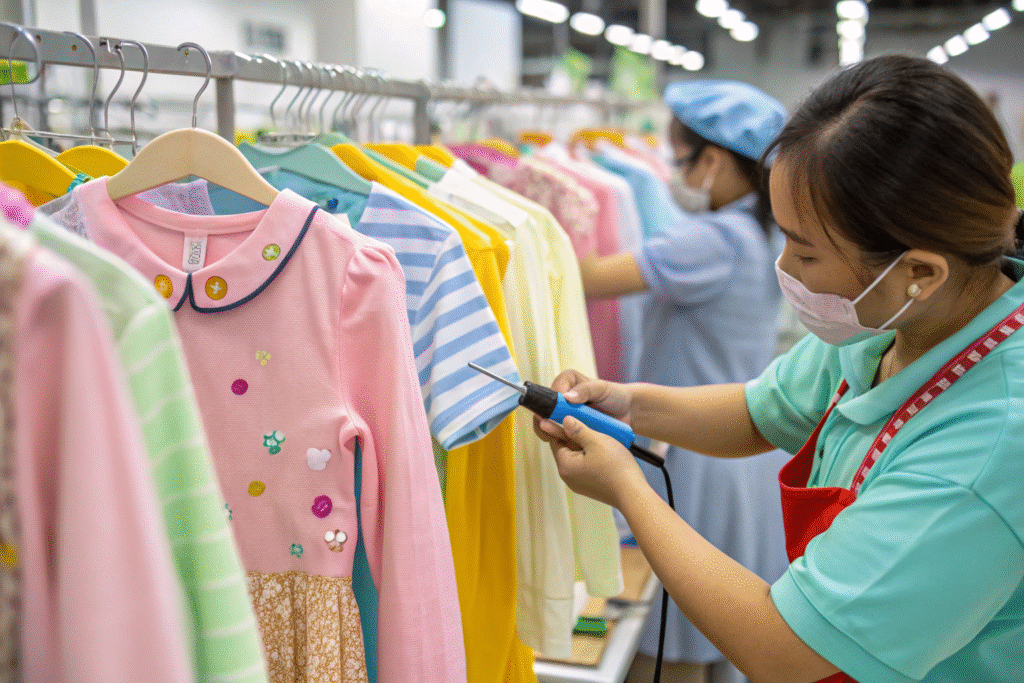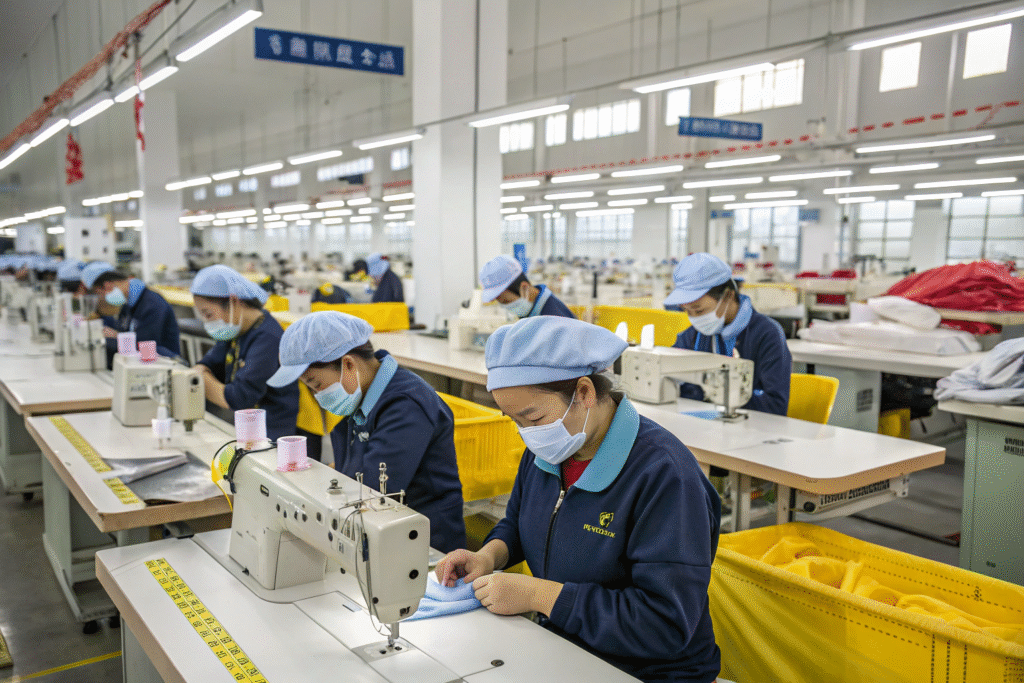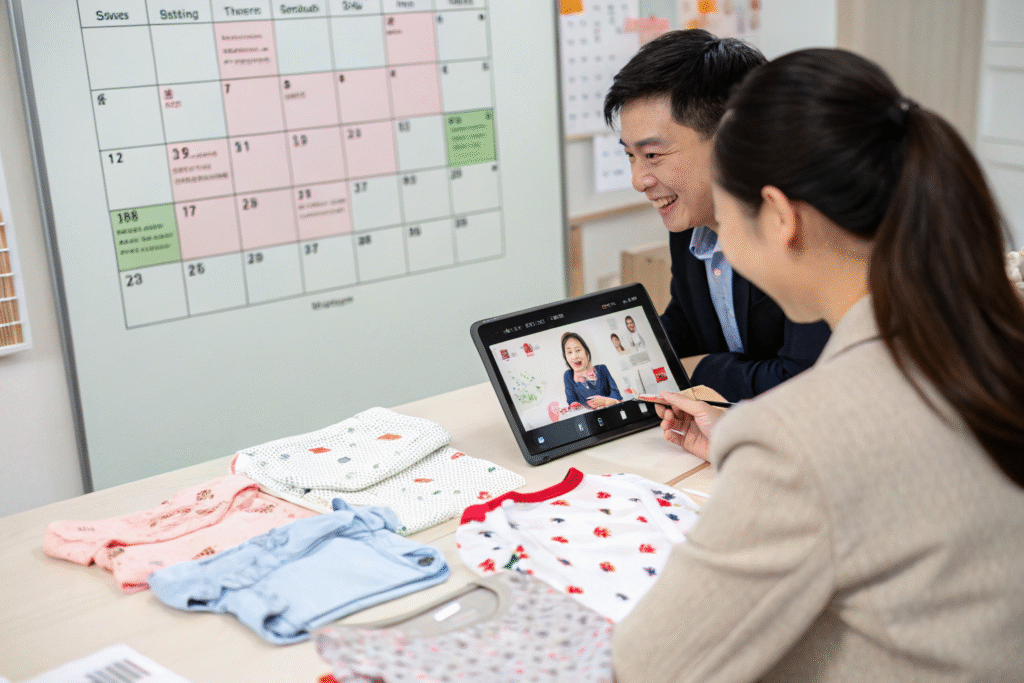Finding the right children's clothing supplier in China can feel like searching for a needle in a haystack—especially when you need high-quality products, reliable shipping, and trustworthy certifications. Many global brand owners face delays, low-grade fabric, or suppliers who vanish after receiving payment. These risks are even more frustrating when targeting the kidswear market, where safety and quality are non-negotiable.
If you want a dependable partner for sourcing kid’s apparel from China, focus on verified manufacturers with industry experience, customization options, and quality controls. Fumao Clothing is one such partner, trusted by U.S. and European brands for delivering compliant, fashionable, and profitable children’s wear.
To make the right choice, you need more than just a factory list. This article explains how to assess real capabilities, certifications, and service terms of China-based kids’ clothing suppliers. If you’re an experienced buyer like Ron, who profits from smart sourcing and resale strategies, this guide will equip you to negotiate and collaborate better.
What Are the Best Platforms to Find Suppliers?
Finding a supplier is easy. Finding a qualified supplier? That’s where most sourcing efforts go wrong.

Which B2B Sites Offer the Most Verified Suppliers?
When it comes to digital sourcing, platforms like Alibaba, Made-in-China, and Global Sources dominate the scene. These marketplaces allow buyers to filter suppliers by product type, location, certification, and trade assurance status.
For children’s clothing, these filters are critical. You want suppliers who:
- Have Gold Supplier status or equivalent verification
- Can show test reports (like SGS, OEKO-TEX®)
- Offer minimum order flexibility for sampling
1688.com is also useful but is fully in Chinese and mainly for domestic use. If you have a sourcing agent, this site often yields cheaper quotes.
Can You Trust Supplier Profiles on These Platforms?
Not always. Supplier rankings and response times can be inflated. To validate, check:
- Third-party audits (linked in profile)
- Whether the factory location matches the business license
- Export history: do they list U.S. or EU clients?
Tools like ImportYeti can help you see who is actually exporting and what volumes they ship.
How Can You Evaluate Product Quality and Safety?
In children's clothing, quality is not just about looks—it’s about safety, durability, and compliance.

What Certifications Should the Supplier Provide?
A trusted Chinese kidswear manufacturer should offer certifications like:
- OEKO-TEX® Standard 100
- GOTS (Global Organic Textile Standard)
- BSCI (Business Social Compliance Initiative)
These ensure the garments are free from harmful chemicals and made under ethical conditions.
Request lab test reports and fabric composition test data. If a supplier hesitates, that’s a red flag.
What Is the Best Way to Verify Product Quality?
Ask for samples from recent production batches. Assess:
- Stitch tightness
- Print clarity
- Wash durability
Also, request a QC checklist and production video. You can also hire third-party inspection companies like QIMA for pre-shipment checks.
What Should You Look for in Factory Capabilities?
Many suppliers are just trading companies or workshops. To ensure stability and capacity, look for a full-fledged factory with OEM experience.

How Do You Check a Factory’s Real Production Power?
Start by requesting:
- Factory audit reports
- Video walkthroughs of the sewing lines
- Equipment list and workforce size
Fumao Clothing, for instance, operates 5 production lines and provides clients with real-time production updates, which drastically reduces guesswork and delays.
Can the Factory Support Customization and Branding?
If you want to stand out in your market, private labeling and product design options are crucial. Look for:
- In-house design teams
- Experience with custom packaging
- Digital patterning and 3D sampling tech
Check whether the factory has worked with overseas brands, especially from the U.S. or Europe. Their ability to meet sizing and packaging norms can save you months of rework.
How Do You Ensure Smooth Communication and Delivery?
One of the biggest pain points for international buyers is miscommunication—especially when suppliers promise but don’t deliver.

What Tools Can Help Avoid Communication Gaps?
Use platforms like WeChat, Zoom, and project tracking tools such as Trello or ClickUp. These help create transparency across:
- Sample timelines
- Order status
- Shipping windows
Make sure the supplier designates one clear English-speaking account manager, not multiple inconsistent sales reps.
What Delivery Terms Should You Request?
For smooth logistics, choose suppliers who:
- Offer DDP (Delivered Duty Paid) terms
- Use reputable forwarders like DHL, UPS, or SF Express
DDP suppliers like us at Fumao Clothing eliminate customs risks for small and medium-sized buyers, offering an all-in-one solution from factory to doorstep.
Conclusion
China remains the top destination for sourcing children’s clothing if you can navigate past the noise. The key is not just finding a supplier—but the right supplier. Look beyond price and focus on long-term reliability, certification, and clear communication. A partner like Fumao Clothing brings all these together, empowering brand owners to grow with peace of mind.










